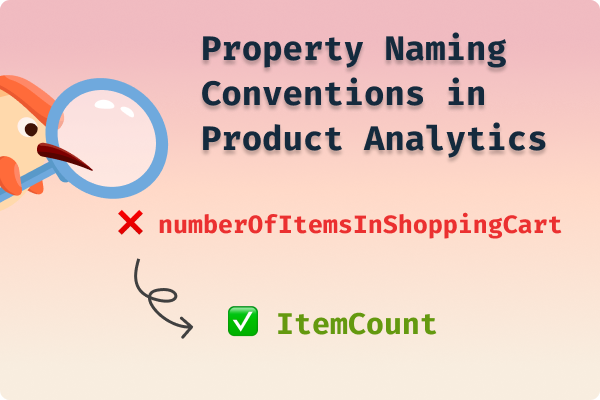In today’s fast-paced digital landscape, businesses must constantly track and optimize their growth strategies. Pirate Metrics, or the AARRR framework (Acquisition, Activation, Retention, Referral, and Revenue), is an excellent model for measuring key performance indicators (KPIs) at every stage of your product funnel.
By understanding each metric, companies can pinpoint exactly where to improve their funnel, creating a streamlined user journey that drives growth. This guide will break down each stage of Pirate Metrics and provide actionable insights to drive success across your funnel.
What Are Pirate Metrics (AARRR)?
Pirate Metrics is a widely-used framework to analyze user behavior, track performance, and grow your product. It’s a five-step funnel that follows the journey of a user from the moment they discover your product to becoming loyal customers. The five key metrics are:
- Acquisition – How do users find you?
- Activation – How do you ensure users get value quickly?
- Retention – How do you keep users coming back?
- Referral – How do users spread the word about your product?
- Revenue – How do you monetize your user base?
Let’s explore how to optimize each stage for growth.
Stage 1: Acquisition – How to Bring Users into Your Funnel
Acquisition is all about attracting new users to your product. To improve Acquisition, focus on driving traffic through SEO, content marketing, social media campaigns, and paid advertising. It’s essential to track where your users are coming from and which channels bring the highest value.
Key Metrics: Website traffic, sign-up rates, cost per click (CPC).
Example: A SaaS company improved its acquisition rate by optimizing its SEO and targeting long-tail keywords, leading to a 30% increase in organic traffic.
Stage 2: Activation – Ensuring Users Experience Value Early
Activation occurs when a user experiences the core value of your product for the first time. Optimizing the onboarding process is key to ensuring that users have a seamless and rewarding experience as early as possible.
Key Metrics: Onboarding completion, feature adoption, initial purchase.
Example: By reducing the onboarding steps from 5 to 3, a mobile app increased activation rates by 20%.
Stage 3: Retention – Keeping Users Engaged
Retention is the most important metric in terms of long-term growth. Users need to see ongoing value in your product to keep returning. Regular updates, email campaigns, and loyalty programs can help boost retention.
Key Metrics: Daily active users (DAU), repeat purchases, churn rate.
Example: A subscription service reduced churn by 15% by introducing personalized email recommendations.
Stage 4: Referral – Turning Users into Advocates
Referral measures how often users share your product with others. To encourage more referrals, companies often implement referral programs with rewards and incentives.
Key Metrics: Referrals sent, new users from referrals, viral coefficient.
Example: Dropbox’s famous referral program helped them grow from 100,000 to 4 million users in 15 months.
Stage 5: Revenue – Monetizing Your User Base
Revenue is the final and most important stage, where you monetize the value you’ve created. Focus on optimizing pricing strategies, upselling, and maximizing lifetime value.
Key Metrics: Average revenue per user (ARPU), customer acquisition cost (CAC), lifetime value (LTV).
Example: A SaaS company increased its LTV by 25% after introducing tiered pricing and personalized upsell offers.
Optimizing Your Funnel with AARRR Metrics
By tracking the AARRR metrics, you can continuously optimize your product funnel. Analyze the weak points—whether it’s acquisition or retention—and make data-driven decisions to improve those areas.
Best Tools for Tracking AARRR Metrics
Tools like Google Analytics, Mixpanel, Amplitude, and Hotjar are incredibly useful in tracking and optimizing your AARRR metrics. Each tool provides unique insights and data, helping you measure success at every stage.
Conclusion
Pirate Metrics (AARRR) provides a complete framework for understanding user behavior and driving growth across your product funnel. By focusing on these five key metrics, you can make informed decisions to enhance user experience, optimize retention, and ultimately, increase revenue.


.svg)















.png)




.svg)
